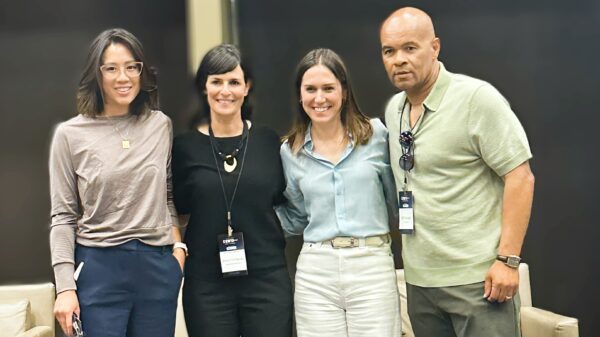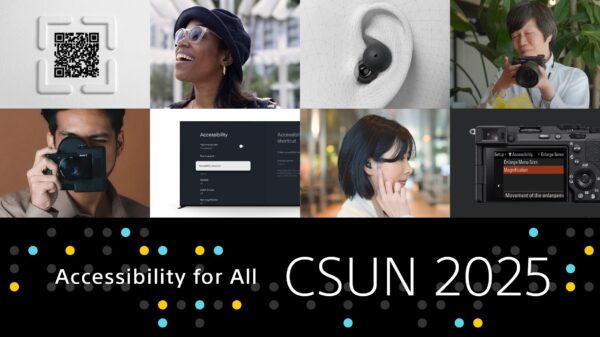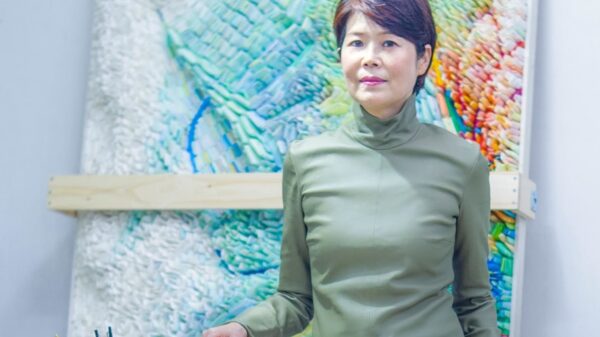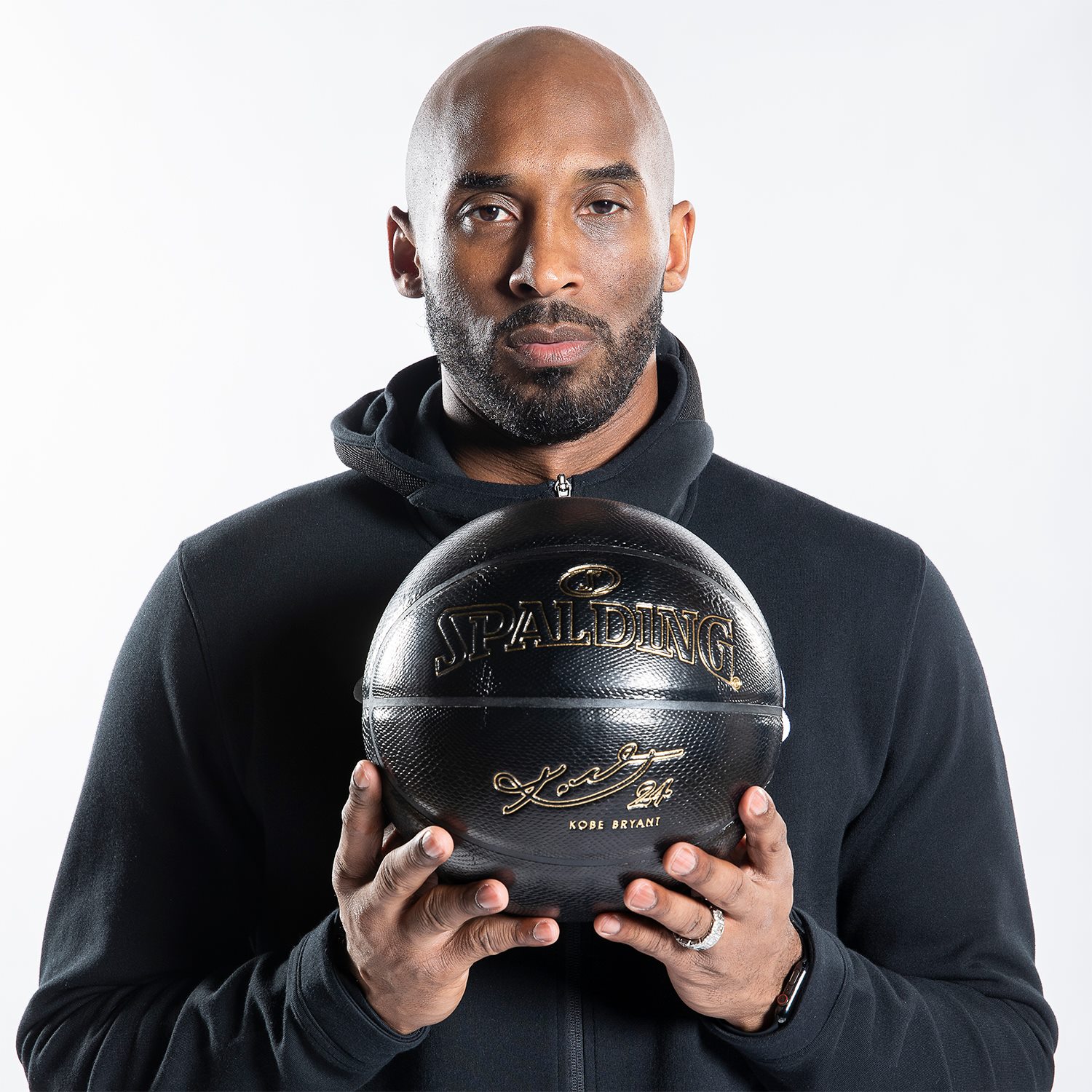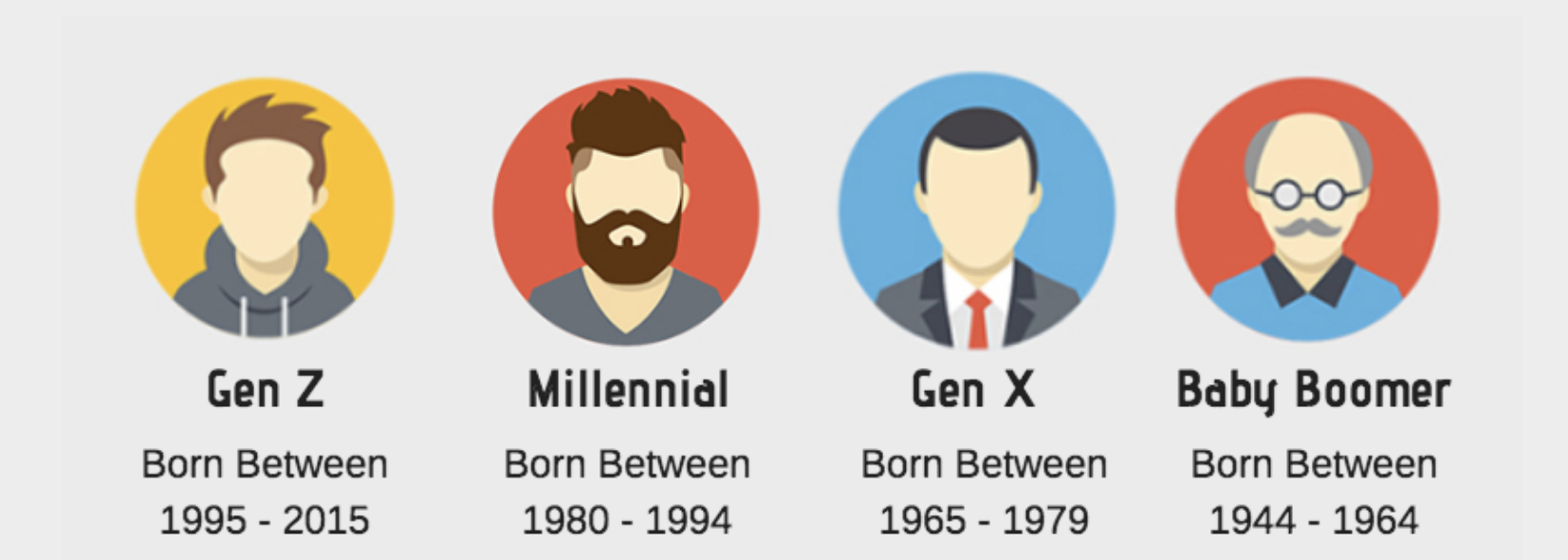Human Trafficking: Identifying the Victims. Healthcare Workers Learning To Recognize Trafficking Victims. Training conference in Berkeley teaches healthcare workers how to recognize and treat human trafficking victims when they arrive in emergency rooms and clinics. On March 14, physicians from the Massachusetts General Hospital [MGH], Harvard Medical School, and San Francisco General Hospital will be training Bay Area healthcare professionals to identify and support victims of human trafficking.
The training was organized by the American Medical Women’s Association (AMWA) in response to recognition that human trafficking represents an important public health problem in the U.S. and that healthcare workers can play a unique role in anti-trafficking efforts. A 2013 report by the National Academy’s Institute of Medicine (IOM) urged better anti-trafficking education for healthcare providers.
The course emphasizes that human trafficking has important health consequences, such as fractures and lacerations from beatings, recurrent sexually transmitted diseases, psychological problems such as depression, anxiety and post-traumatic stress disorder and chronic health issues like dental caries, and malnutrition. During the training Dr. Wendy Macias-Konstantopoulos, Assistant Professor of Emergency Medicine at the Harvard Medical School and Medical Director of the Human Trafficking Initiative at the Massachusetts General Hospital [MGH], and Dr. Tonya Chaffee, Director of Teen and Young Adult Services at San Francisco General Hospital and a co-author of the IOM report, will discuss their clinical approaches to treating trafficking victims.
“Human trafficking can affect anyone regardless of race, gender, class, or age,” says Dr. Macias-Konstantopoulos. “Because of the devastating physical and mental health outcomes associated with human trafficking, it is imperative that health care providers learn about this insidious, widespread public health problem. Health care providers can play a key role in breaking the cycle of abuse and improving the health and well-being of those afflicted by this violent crime.”
The training is being hosted by the First Presbyterian Church of Berkeley (FPCB) as part of its initiative on Justice, Poverty, Oppression, and Women, or JPOW. According to Mary-Ellen Azada, the church’s Associate Pastor for Missional Engagement: “We want to live in a way that does good for our communities. Research that shows women’s empowerment raises economic productivity, reduces infant mortality, improves health and nutrition, and increases educational opportunities for all—men, women and children [World Bank]. Therefore, JPOW is focusing on women as a means of assisting societies as a whole. Our vision is to be a church that looks for those who are unseen, unknown, marginalized and in need of compassion and care. This training will help us to see those individuals.”
While human trafficking is an important problem in the United States, in one study 87% of health care providers felt they would be unable to identify these victims and 97% had received no training in human trafficking [Chisolm-Straker, 2007]. Human trafficking is not part of medical or nursing school curricula.
Each year more than one million American adults and upwards of 400,000 children are thought to be at risk of being trafficked for sex in the United States [Barrows, 2008]. Over half of these trafficked individuals are seen in medical clinics and emergency rooms, yet few are identified as trafficking victims. “These kids pass completely beneath our medical radars,” says Dr. Douglas Chin, Director of Outreach, Physicians Against the Trafficking of Humans (PATH), an initiative of the American Medical Women’s Association. “We treat their broken bones and sexually transmitted diseases. But we miss the bigger problem which is their veritable enslavement. Doctors don’t receive training in human trafficking. That lack of training causes us to feel awkward, bewildered, and even intimidated when faced with a trafficking victim.”
Contrary to popular belief, victims from domestic trafficking come from all ethnic and socioeconomic groups [Munoz, 2012]. Important risk factors for being exploited or trafficked are a history of physical or psychological abuse, family violence, familial disruption, unstable housing, and gay, bisexual or transgender youth [Clawson, 2009] [Diaz, 2014] The average age children begin to be commercially sexually exploited is 12-14 years but only 10-11 years for boys [Barrows, 2008].
The United States is second only to Germany as a market and destination for human trafficking [Miller, 2007]. Human trafficking generates over $32 billion in revenues annually, second only to drug trafficking as an illicit commercial activity [Feingold, 2005]
The training will be held from 9:00 am to 3:00 pm at the First Presbyterian Church of Berkeley, 2407 Dana Street in Berkeley. The training is being co-sponsored by the American Medical Women’s Association, Physicians Against the Trafficking of Humans (PATH) initiative, the First Presbyterian Church of Berkeley (FPCB), and the Alameda Contra Costa Medical Association (ACCMA).
For more information, visit: http://www.fpcberkeley.org/mghtraining.asp







